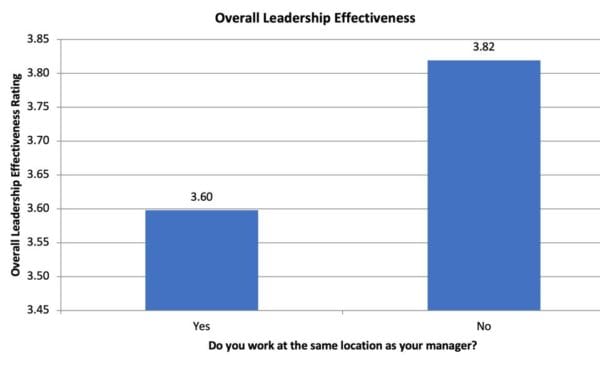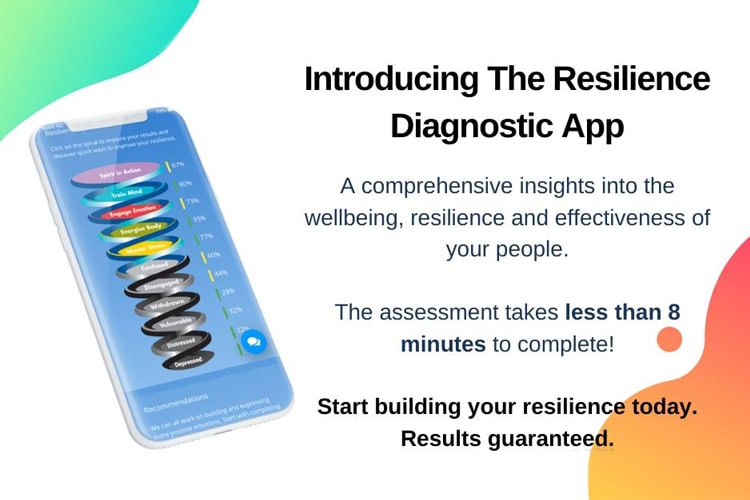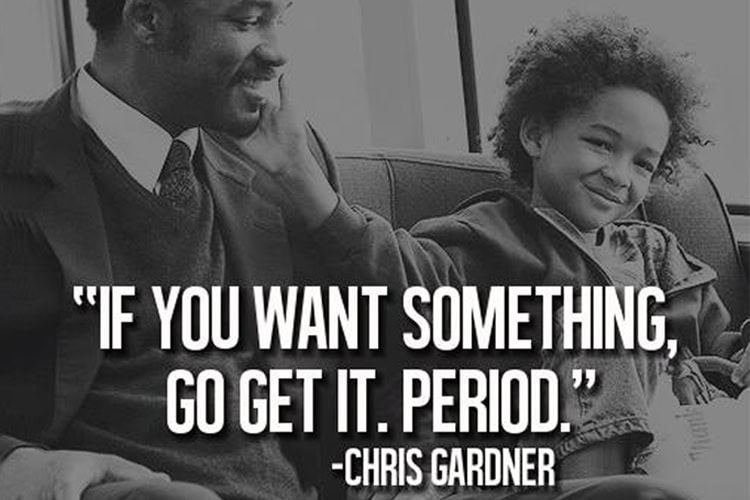What’s different about virtual team leadership?
There’s lesser interactions and personal contact. There’s no visual data on a subordinate’s work habits, checking in time, including the time they came to work and when they left. This demands a high level of trust that the manager possesses an assumption about the subordinate’s strong work ethic and commitment to meeting the organisation’s objectives. While some jobs have built-in measures of productivity and performance, the great majority have more obscurity.
Virtual leadership requires some comfort with video call platform technology, given that video meetings require the setup and administration of some user-friendly services, such as Zoom, Webex, Microsoft Teams, etc. There is a high requirement for the manager and subordinate to practice excellent communication skills. If either the manager or subordinate is inclined not to share information, it adds a challenge to virtual leadership. There is a premium on being adept at both written and oral communication.
Assessment Ratings Survey
A recent study 360-degree assessment ratings of leaders conducted in an IT function showed that those who worked remotely from their 99 subordinates, leaders of 119 subordinates who worked in the same physical location with their colleagues. We found the results of this study quite insightful.
Senior management anticipated that the remote employees would be more critical of their managers and less engaged in their work. Ironically, the results in the graph below showed that those who worked remotely gave their leaders significantly higher ratings. The employees of the remote leaders were more engaged in their work than the subordinates of the co-located managers. Some might argue that this merely illustrates the old observation that “absence makes the heart grow fonder,” while we choose to think it is more complicated than that. Comparing the mean scores statistically, we discovered there was a significant difference between the two groups (t-value 2.232, Sig. 0.027).

What the best remote leaders did differently
Leaders who managed remote employees and compared them to those leaders whose leadership effectiveness rating was above the 50th percentile. We wanted to identify behaviours that made the best leaders more productive when working with remote employees. We identified the key skills that enabled leaders to be more successful while comparing the two groups of leaders.
It is important to note that this research was done before the world-wide pandemic of COVID-19. We have combined our research findings with some other current observations to create an up-to-date list of the behaviours that we believe will best describe the most effective virtual leaders. We have focused on what the COVID-19 pandemic has done that should alter management’s and leadership’s more common practices.
Checklist of Excellent Virtual Leadership Practices
Our conclusions are presented in the form of a checklist. Checklists are valuable reminders of practices that are easy to forget when a person gets busy or complacent. Pilots fly more safely when they use a checklist. Surgeons experience fewer infections when they follow a checklist. This checklist is a series of questions we invite you to ask yourself. Your honest answers will guide you to areas where you might ideally hone your behaviour.
1. How frequently do you contact your team members?
At least once or twice a week? Do you assume each person needs slightly different interactions? Do you convey your interest in them personally and how they are doing? Our research shows that the most effective leaders take the initiative, and that begins with reaching out to their colleagues to communicate with them.
Tip: When on a telephone call or video call, remove all distractions. Listeners can sense when you are not focused or not attentive. Be present.
2. Do your team members feel empowered to suggest and make changes?
Do they know their decision-making sphere? Do you celebrate their successes? Do they have the necessary equipment and resources for their work? Do you assure them of your confidence in them? Our research confirmed that championing change was a differentiating behaviour.
3. Are your team members clear about the organisation’s strategy and how their goals link to it?
a. Tip: Periodically ask them to summarise their understanding of the organisation’s goals, and their line of sight between those goals and their work. One of the most powerful behaviours, according to our research, was the leader’s effectiveness in ensuring that the strategy was clear to all.
4. Are you comfortable using video conferencing technology?
The new work environment demands familiarity with video conferencing technologies. Meetings are greatly enhanced if the leader is comfortable in using the technology to facilitate interaction. Do you use chat rooms, polls, and breakout sessions? These add vitality and variety to the meetings. Shorter, more frequent meetings are becoming the new norm. Do you use meetings to make decisions, not just to exchange information? Is everyone involved in the discussions? Our research has confirmed that having in-depth knowledge and experience in the firm’s core technology was also a differentiating behaviour.
Note: Our research has confirmed that having in-depth knowledge and experience in the firm’s core technology was also a differentiating behaviour.
5. Does your team have confidence in and knowledge of your efforts to represent their interests to the larger organisation?
If remote colleagues know that they have someone in the firm’s leadership who is their advocate and champion, that leader’s influence rises. Do you deliberately practice inspiring leadership? Do you contact team members to personally check-in with them, versus contacting them only when you need something? Do you ask them for feedback about your leadership behaviour? Are your energy and enthusiasm contagious? Leaders inspire in a variety of ways, so find a way to inspire that fits your personality.
Do you practice a “high touch” style of leadership to compensate for the lack of in-person meetings? Do you express interest in each team member’s development? Do they know your commitment to them to take time for their development?
6. Do you encourage your team’s collaboration within the larger organisation?
Do you act as the link to other staff activities or to other operating groups within the firm? Our research shows that the most effective leaders for remote subordinates are more prone to encourage collaboration with the rest of the organisation and show little tolerance for competition within the firm.
Your answers to these questions should immediately point to one or two areas where there is an opportunity to become an even more effective virtual leader in your organisation.
-Joe Folkman (President and Co-Founder of Zenger Folkman)
























 How do you manage the strong forces of the “dominant” and “influential” of leaders personalities?
How do you manage the strong forces of the “dominant” and “influential” of leaders personalities?